
It’s tough to imagine a scenario in which Sidney Crosby’s birthday (his 36th, by the way) gets overshadowed by other hockey news, seeing how his birthday is almost smack-dab in the middle of the offseason, between the first week after free agency in July and the start of training camps next month. But president of hockey operations (and newly-minted general manager) Kyle Dubas went out and got his captain a heckuva early birthday present:
Within months of being hired – in fact, in the course of one(!) transaction – Dubas has almost completely unmade all of the errors of his predecessor Ron Hextall and then some. He managed to ship out Mikael Granlund and Jeff Petry, as well as trimming the fat of Jan Rutta and Casey DeSmith, while also holding onto all of Pittsburgh’s best young players (all apologies to Nathan Legare), and he managed to save the team north of $3M in salary, all while acquiring the reigning Norris trophy winner and another bottom six winger. (Jeff Carter remains to torment us all.) Now, with Karlsson, Kris Letang, Ryan Graves, and Marcus Pettersson, the Penguins have a serious top four blueline corps for this year and next. Add Chad Ruhwedel, Ty Smith, and Pierre-Olivier Joseph for the last three defensemen, and that’s nothing to sneeze at. The whole picture is a home run, and I challenge anyone to legitimately disagree.
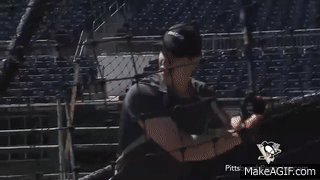
Of course there are a few complaints that some have lodged, and as thin as those arguments are, let’s play along and poke holes in them.
What about the future!?!?!?
What future are we talking about? The one without Sidney Crosby, Evgeni Malkin, and Kris Letang…the guys who are active Penguins right now? Without them, the future is bleak anyway, at least for a little while. One thing that Jim Rutherford (post-2017) and Ron Hextall seemed to ignore was that those three are the arguably the best players this team has had under contract during their tenures. And yet Rutherford lost his mind after 2017 and failed to retool the team effectively and efficiently, overpaying in both salary and draft picks until he started to run out of both. It got so bad that (as the rumors go) he wanted to move Letang to try and fix his mistakes, and when he couldn’t, he left in a substantial and sudden way. Ron Hextall, god love him, he inherited the mess Rutherford left behind and somehow managed to fare worse: he intended to get rid of Malkin and Letang by playing hardball with them and screwed that up, and then decided to do basically nothing until he got canned this past offseason.
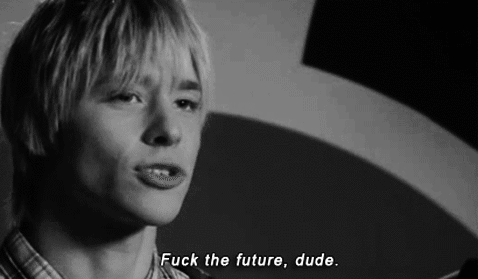
The point is that the future is not worth heavily investing in right now; of course, it can’t be completely disregarded, but if there’s a way to make those assets useful. Dubas knows that and still found a way to thread the needle between completely mortgaging the future while being reasonable with those assets. A top-ten protected first round pick next summer and a second-rounder in 2025 is a pittance to pay to not only dump salary in a major way but also acquire one of the best defensemen in the world.
What about the defense?!?!?!?
First of all, as usual the discussion around Karlsson’s defensive abilities centers on that much-maligned stat, plus-minus. As a refresher, plus-minus is calculated when an even-strength or shorthanded goal is scored: if you are on the ice for a goal against in either of those situations, you are scored a minus. Indeed, Karlsson’s -26 last season ranked him 27th-worst in the League last season and tied for eighth-worst amongst defensemen alongside St. Louis’ Torey Krug. But there is a close relationship between a player’s plus-minus and their team’s general performance; generally speaking the players which have the highest positive rating this past season were on playoff teams, while those with the highest negative rating were on non-playoff teams. More to the point, there were four other Sharks whose plus-minus rating was worse than Karlsson’s, including three of the team’s top five scorers. (Timo Meier, who was traded to New Jersey at the trade deadline, was on pace to have a lower plus-minus than Karlsson.)
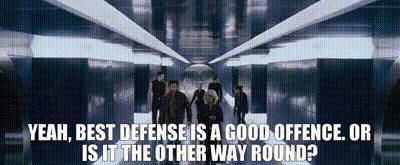
I’m not trying to dismiss Karlsson’s defensive abilities (or lack thereof); many of the analytics experts on the Internet find that Karlsson is, at best, a below-average defenseman. (The spirit of the Norris trophy, which is supposed to be awarded “to the defense player who demonstrates throughout the season the greatest all-round ability in the position,” continues to be denigrated.) However, with Kris Letang, we have seen firsthand that a gifted offensive defenseman is often paired with a similarly gifted defensive defenseman with much success. While Kyle Dubas is seemingly optimistic about Ryan Graves and his ability to replace Brian Dumoulin, the Penguins still have a known quantity (and a very underappreciated one at that) in Marcus Pettersson. It will be interesting to see how the top four shakes out and how they are used.
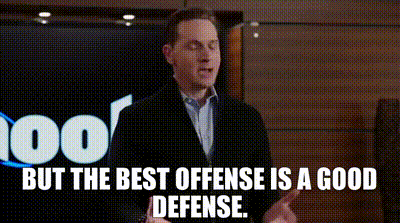
The idea of Karlsson being awarded the Norris trophy is a joke, but it is a recurring theme from the Professional Hockey Writers’ Association to give the award to the best offensive defenseman in the League. It seems to me that the idea will be to make the best defense by having a great offense: if Pittsburgh can keep the puck in their opponent’s defensive end and out of their own, they should be successful most of the time. It is a familiar tactic for the Penguins of late, and while I am not particularly keen on seeing the offensive production even more concentrated at the top of the depth chart, I am curious to see if it works out. Perhaps all the team needed was more dynamism from their blueline, which Karlsson certainly brings to the team.
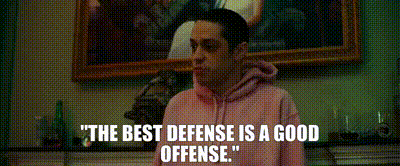
One last tweet before I move on:
They’re old!???!??!
On the one hand, yes, the Penguins are still an old team. As I have pointed out a few times recently, old teams do not fare well in their hunt for the Stanley Cup. In the salary cap era, the oldest team to win the Stanley Cup was the 2007-08 Detroit Red Wings, which was the oldest team in the League that season, then the next oldest was the 2015-16 Pittsburgh Penguins, which was fourth-oldest. While working on the Mediocrity Project last month I found that the Penguins at the time had the oldest team in the League, just ahead of Minnesota by 0.6 years. So, yeah, they old.
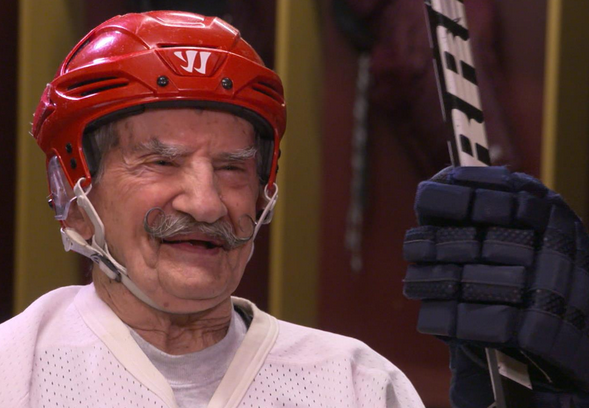
Two things though: first, the Karlsson trade actually made the team slightly younger (at least the NHL roster), since Dubas swapped Casey DeSmith, Jeff Petry, Jan Rutta, and Mikael Granlund (average age: 32.5 years old) for Erik Karlsson and Rem Pitlick (average: 29.5 years old). Yes, he also sent away Nathan Legare which would drag the average age of the outbound players down to 27.25 years old, but Legare was seemingly not looking good as a useful player on the Penguins roster. It’s not much, but I’d say the total productivity to age ratio is an improvement in Pittsburgh’s favor.
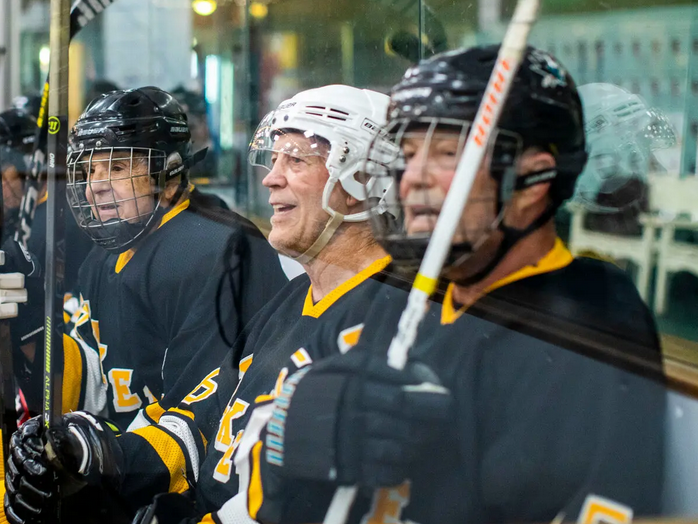
Second, and this may not have been obvious, but younger doesn’t necessarily mean better. This is particularly the case for not just Pittsburgh but most teams which have won the Cup in the last ten years, as winning the championship often means having some young players contributing in meaningful ways. The Penguins had that in 2016 and 2017 with the likes of Jake Guentzel, Bryan Rust, Conor Sheary, Olli Maatta, and Matt Murray, but all of those guys are veterans now (and elsewhere in the cases of the latter three).
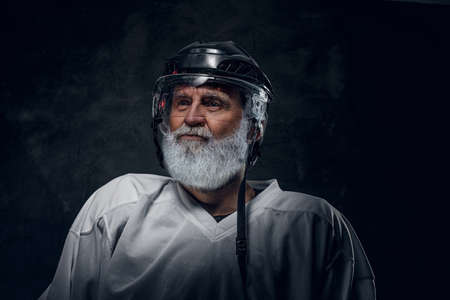
The prospects Pittsburgh has had in the meantime have not been adequate to take up NHL-level positions in the franchise. A lot of this has to do with a lack of vision from the team’s previous general managers, and it will take time to build up some measure of talent in the younger members of the organization.
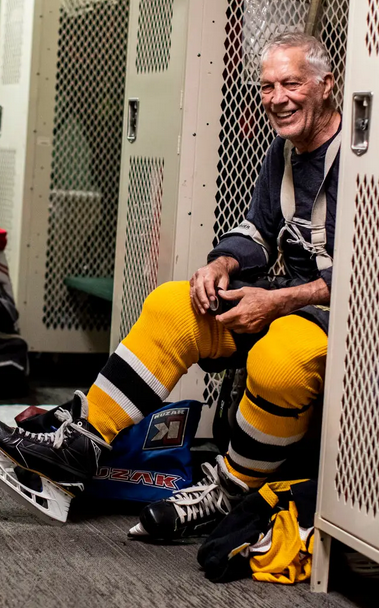
In the meantime it is largely veterans which will be expected to produce for the team, which isn’t necessarily a bad thing, but the lack of depth is just as much a concern now as it has been for the past several seasons. It is not a matter of if but when there is a rash of injuries and health problems to push through, and more likely than not it will be the top producers who exit the lineup. However, the same would apply to a very young team as well, which is part of the reason that it is the teams in the middle of the League in terms of average age are the ones who seem best positioned for a deep playoff run.

In any event, the plan seems to be to hopefully blow teams away with incessant offensive firepower while simultaneously hoping that the defense and particularly the goaltending will bail the team out more often than not. The latter point is another story altogether, but, on paper, the offensive ability at the top of the depth chart looks formidable.

